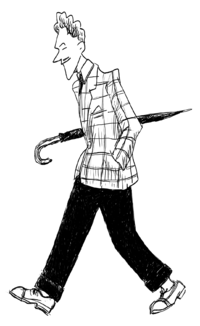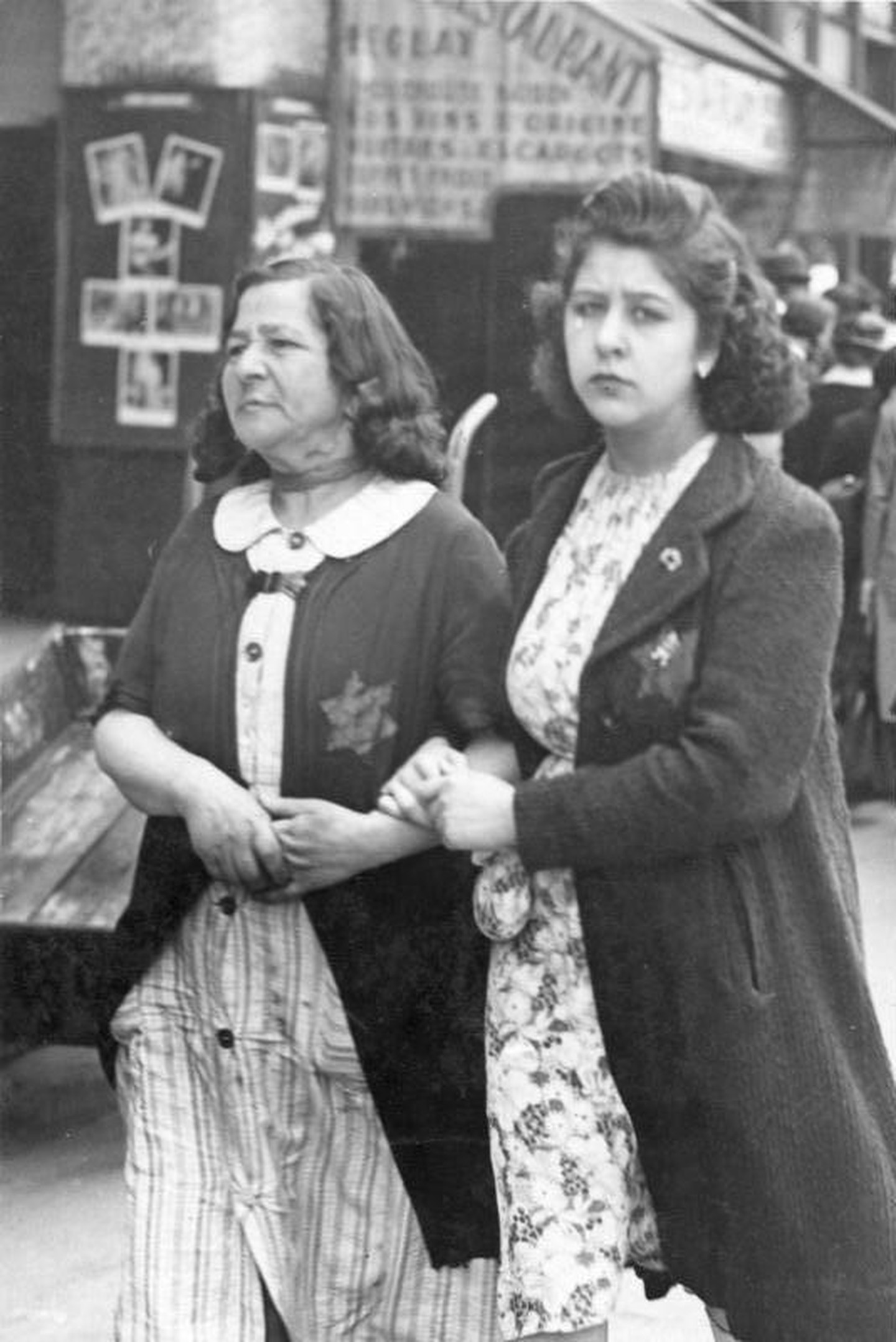World History
Related: About this forum'Zazou' Swing Youth: French Subculture During Nazi Occupation WWII, Jazz, Swing Music
Last edited Thu Dec 17, 2020, 11:01 AM - Edit history (3)
Wiki Excerpts: The zazous were a subculture in France during World War II. They were young people expressing their individuality by wearing big or garish clothing (similar to the zoot suit fashion in America a few years before) and dancing wildly to swing jazz and bebop. Men wore large striped lumber jackets, while women wore short skirts, striped stockings and heavy shoes, and often carried umbrellas. During the German occupation of France, the Vichy regime collaborated with the Nazi occupiers.
Young people expressed their resistance and nonconformity through aggressive dance competitions, sometimes against soldiers from the occupying forces.
The Zazous were to be found throughout France, but were most concentrated in Paris.
The two most important meeting places of the Zazous were the terrace of the Pam Pam cafe on the Champs-Élysées and the Boul’Mich (the Boulevard Saint-Michel near the Sorbonne).

The male Zazous wore extra large jackets, which hung down to their knees and which were fitted out with many pockets and often several half-belts. The amount of material used was a direct comment on government decrees on the rationing of clothing material. Their trousers were narrow, gathered at the waist, and so were their ties, Their hairstyles were greased and long. Many Zazous liked to dress in the style anglais with umbrellas (seen as a symbol of Britishness in France) a popular fashion accessory and their hair done up à la mode d'Oxford, had a fondness for speaking to each other in English as it was more "cool" and loved British and American popular music. Female Zazous wore their hair in curls falling down to their shoulders, or in braids.
Blonde was the favourite colour, and they wore bright red lipstick, as well as sunglasses, also favoured by some male Zazous. They wore jackets with extremely wide shoulders and short, pleated skirts.
The Zazous were numbered in the hundreds rather than thousands and were generally between 17 and 20. There were Zazous from all classes, races, and both sexes but with apparently similar outlooks.
It was their ironic and sarcastic comments on the Nazi/Vichy rulers, their dandyism and hedonism, their suspicion of the work ethic and their love of "decadent" jazz that distinguished them as one of the prototype youth movements questioning society.

- Swingjugend, Swing Youth In Nazi era Germany, many in Hamburg.
While they did not suffer like their contemporaries in Germany, the Hamburg and Berlin based Swingjugend (many of whom were imprisoned in concentration camps) and the working class, mostly Cologne based Edelweiss Pirates (some of whom were hanged by the Nazis), the Zazou subculture represented an important dissident minority in a society of widespread complicity and acquiescence.
The Zazous were directly inspired by jazz and swing music. A healthy black jazz scene had sprung up in Montmartre in the inter-war years. Black Americans felt freer in Paris than they did back home, and the home-grown jazz scene was greatly reinforced by this immigration.
Manouche Gypsy musicians like Django Reinhardt started playing swinging jazz music in the Paris clubs.
The Zazous probably got their name from a line in a song – Zah Zuh Zah by the black jazz musician Cab Calloway, famous for his Minnie the Moocher.."The Zazous were very obviously detested by the Nazis, who on the other side of the Rhine, had [for] a long time decimated the German cultural avant garde, forbidden jazz and all visible signs of...degenerations of Germanic culture…" (Pierre Seel, who, as a young Zazou, was deported to a German concentration camp because of his homosexuality.)
When the yellow star was forced on Jews, non-Jews who objected began to wear yellow stars with "Zazu", "Goy" (Gentile) or "Swing"... More, https://en.wikipedia.org/wiki/Zazou
- More, https://timeline.com/zazou-france-world-war-ii-9f26b36e0ee3
- More, https://theculturetrip.com/europe/france/paris/articles/remembering-the-legacy-of-frances-world-war-2-punk-culture/
- More, https://www.vialma.com/en/articles/the-swing-revolution

- American Jazz musician Cab Calloway in his famous pose, 'Hi, De, Ho,' 1937.

- Drawing of a Zasou.

- Jews in Paris, France wearing the Yellow Star during Nazi Occupation.
irisblue
(34,252 posts)What ear worm no one asked....
appalachiablue
(42,905 posts)appalachiablue
(42,905 posts)Response to appalachiablue (Original post)
appalachiablue This message was self-deleted by its author.